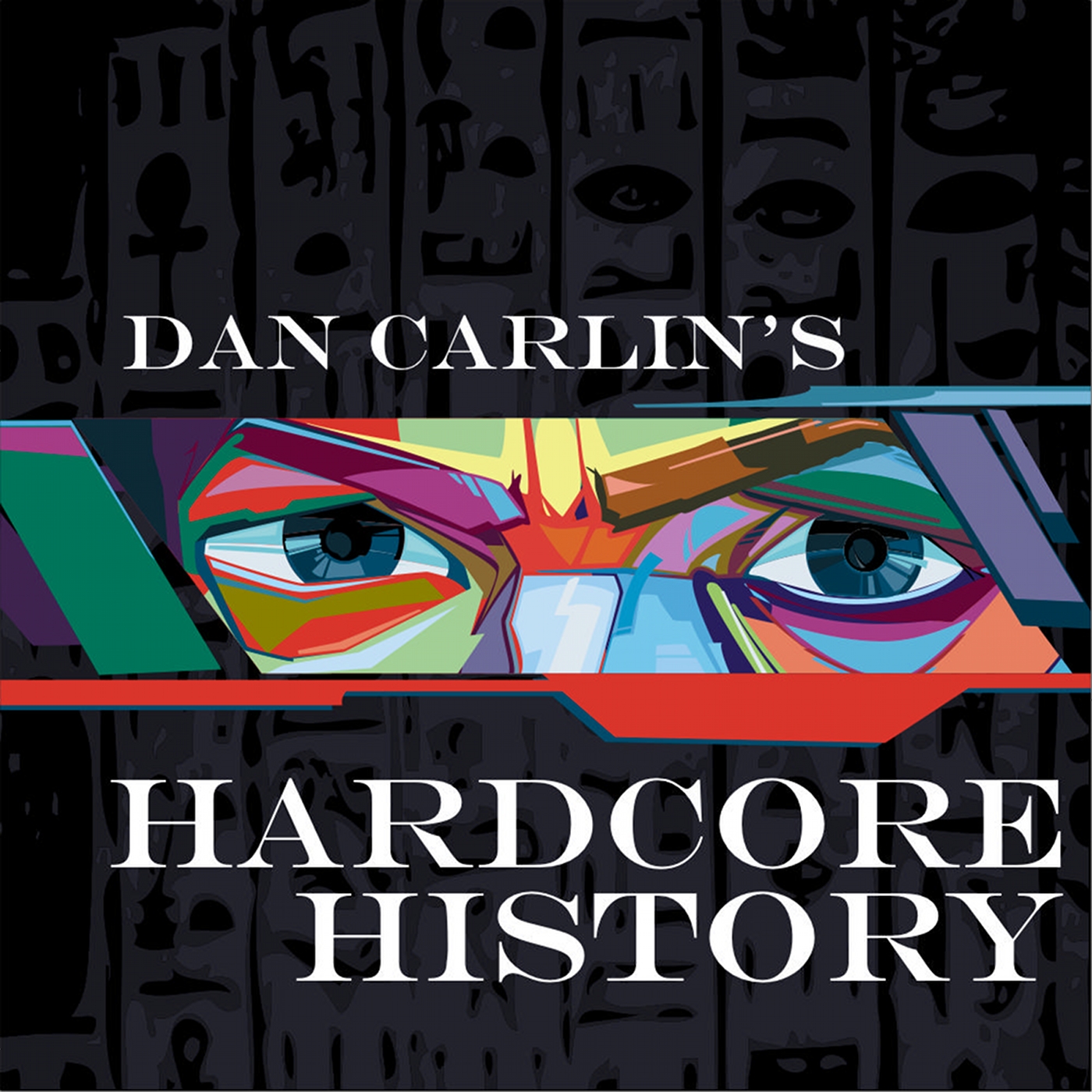
India Insight with Sunny Sharma
Join host Sunny Sharma on discussions with his elder, informative, and insightful cousins Abhishek Kasid (Vinni), Ranjan Wali (Tinku), and others with informative conversations on Indian and American history, politics, spirituality, philosophy, news and everything in between. I also do standalone podcasts on various historical and political topics.
India Insight with Sunny Sharma
February Section 3- The Great Migration, Harlem Renaissance, and World War, 1915-1954 Part 1 of 2
In Section 3, I discuss some of the prominent movements and themes occurring in between two World Wars, particularly the Great Migration characterized by the movement of millions of blacks from the rural agricultural south to the urban industrial north as well as highlighting some important proponents of the Harlem Renaissance like Zora Neale Hurston, Countee Cullen, Langston Hughes (the Shakespeare of Harlem), Paul Laurence Dunbar (who inspired the movement after passing away in 1906) and others. The Harlem Renaissance influenced the Great Migration just as the Great Migration influenced the Harlem Renaissance. Not only was there a growth in a black intelligentsia or bourgeoisie, there also was an increase in the black urban worker described in past podcasts. Denied not only political protections and equality but also entry into certain occupations, housing, credit, and capital, there would be immense organization for rights. The Declaration of Rights of the UNIA, established in Harlem, would be spearheaded by perhaps the greatest black organizer in American history Marcus Garvey, who sought not only economic advancement for blacks, but support and self help through his organization for African Americans and the black diaspora around the world. Garvey, heavily influenced by Booker T. Washington yet being way more expansive in his demands for education and political opportunity, would be skeptical of the NAACP and W.E.B Du Bois limited political actualization. However, some community organizers would take it a step further than Garvey, demanding not only a radical redistribution of wealth but world revolution. In part 2 of the Great Migration, Harlem Renaissance, and World War 1915-1954, we will see an increased proclivity, prevalence, and sympathy towards communist ideology, influenced by the 1917 Russian Revolution. Not only would blacks recognize race exploitation as tied to wider class exploitation, but in doing so they would seek solidarity with other working class whites in the fight against what Cyril V. Briggs would term "Private Capitalism."
Is such an ideology conducive to accommodating a liberal integrationist perspective of the future Civil Rights movement? In some ways yes and in some ways no. Without a doubt, this period saw not only a bursting of literary creativity and a fundamental critique of white oppression and caste democracy, it would also provide the seeds for marxist theories advocated by future leaders and intellectuals like Fred Hampton, Dr. Angela Davis, and Dr. Cornell West. The failures of the economic system, as evidenced by the Great Depression, only heightened a sentiment towards more radical and alternative economic perspectives. Is the problem corruption, capitalism, or political inequality? This would be a question that many people of this period from 1915-1954 would engage with as American after the Great Depression and World War II would enter an era of immense prosperity. However, within two decades it would be short lived.
Next video and podcast coming out Friday February 21:
Section 3- From Plantation to Ghetto: The Great Migration, Harlem Renaissance, and World War, 1915-1954 Part 2 of 2
Monday February 24 will come out:
Section 4- We Shall Overcome: The Second Reconstruction, 1954-1975 Part 1 of 2
Tuesday February 25 will come out:
Section 4- We Shall Overcome: The Second Reconstruction, 1954-1975 Part 2 of 2
Friday February 28 will come out (either in 1 or 2 parts):
Section 5- The Future in the Present: Contemporary African-American Thought, 1975 to the Present
Podcasts we love
Check out these other fine podcasts recommended by us, not an algorithm.

India Insight with Sunny Sharma
Sunny Sharma
The #IndianInterest
Abhijit Chavda